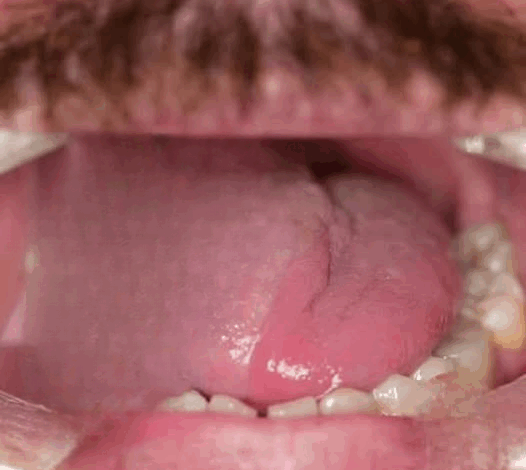Tongue Fungal Infections: What Causes Them, How to Spot the Signs, and Safe Ways to Treat Them at Home

Fungal infections affecting the tongue are far more common than most people realize. These infections are frequently caused by an overgrowth of Candida, a naturally occurring yeast that lives in various parts of the body, including the mouth. Under normal conditions, Candida remains harmless and is kept in check by the body’s immune system and healthy bacteria. However, when the balance in the mouth is disrupted, Candida can multiply rapidly, resulting in a condition commonly referred to as oral thrush or candidiasis.
One of the most noticeable areas impacted is the tongue, where symptoms can become uncomfortable and difficult to ignore. While many people associate fungal infections with other areas of the body, the tongue is a frequent target, especially in individuals with weakened immune systems, those taking antibiotics, or people with underlying health conditions like diabetes.
Understanding the causes, symptoms, and safe treatment options for tongue fungal infections is key to managing the condition effectively—especially if you want to address it safely from the comfort of your home.
What Really Causes Fungal Infections of the Tongue? Key Triggers You Shouldn’t Ignore
Fungal infections of the tongue, often referred to as oral thrush or tongue candidiasis, occur when there’s an imbalance in the natural microorganisms living in your mouth. While Candida—a type of yeast—is normally present in small amounts, certain conditions can allow it to grow uncontrollably, leading to uncomfortable and sometimes painful symptoms.
Here’s a breakdown of the most common factors that contribute to the development of a fungal infection on the tongue:
- Poor Oral Hygiene
Neglecting your daily oral care routine—such as brushing, flossing, and cleaning your tongue—can create the perfect breeding ground for fungal overgrowth. When food debris and plaque accumulate, they disrupt the natural balance of bacteria in the mouth, allowing yeast like Candida albicans to thrive.
Tip: Brush your tongue gently and rinse with an antiseptic mouthwash regularly to reduce fungal buildup.
- Extended Use of Antibiotics
While antibiotics are crucial for fighting off bacterial infections, they can unintentionally wipe out beneficial bacteria that help keep Candida under control. This shift in microbial balance gives yeast the upper hand, especially after long-term or high-dose antibiotic use.
Always complete antibiotic courses as prescribed and consider taking probiotics to restore healthy gut and oral flora.
- A Weakened Immune System
People with compromised immune defenses—whether due to chemotherapy, autoimmune disorders, HIV, or chronic illness—are at higher risk of developing fungal infections in the mouth. When your immune system can’t regulate microbial growth, fungi like Candida can quickly take over.
Those with weakened immunity should be especially vigilant with oral care and consult a dentist at the first sign of discomfort.
- Chronic Dry Mouth or Dehydration
Saliva plays a crucial role in keeping the mouth clean and maintaining microbial balance. When your mouth is dry for extended periods—due to dehydration, certain medications, or medical conditions—Candida is more likely to grow unchecked.
Stay well-hydrated and talk to your doctor if you experience persistent dry mouth (xerostomia).
- High-Sugar or Refined Carb Diet
Yeast feeds on sugar. Diets rich in sweets, sugary drinks, white bread, and processed foods can accelerate yeast growth. People who frequently consume high-glycemic foods may unknowingly be increasing their risk of tongue fungal infections.
Opt for a balanced diet with whole foods, vegetables, and low sugar to support your body’s natural defenses.